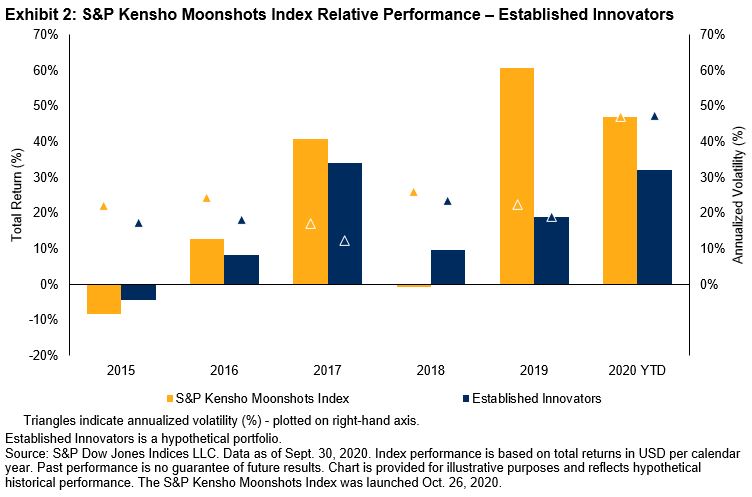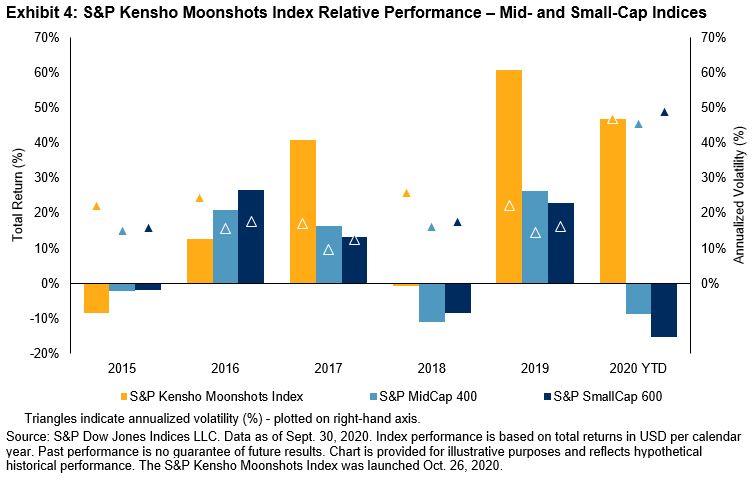Should European investors be looking beyond large-cap U.S. equities for core exposure? S&P DJI’s Tim Edwards and State Street Global Advisors’ Rebecca Chesworth explore the case for U.S. mid-caps through broad and tactical sector exposures.
The posts on this blog are opinions, not advice. Please read our Disclaimers.

















































